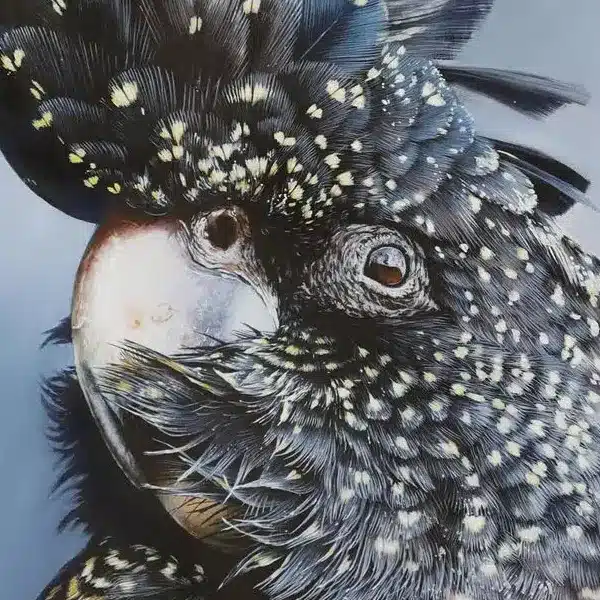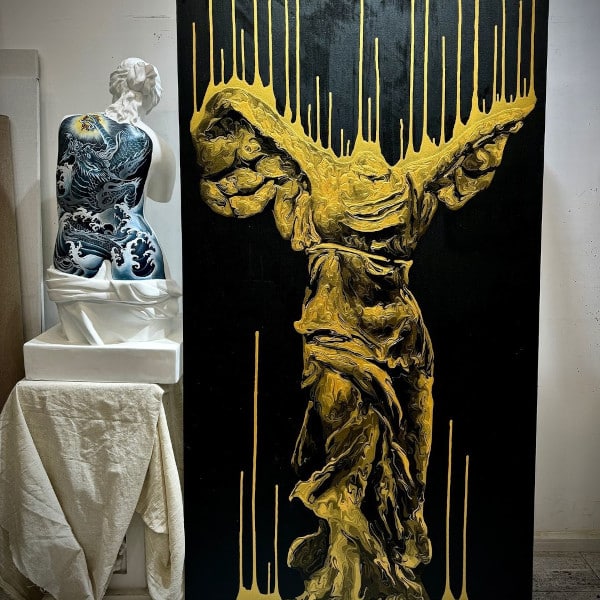
Inspired by the sky, Canadian artist Ian Fisher paints large-scale skyscapes that capture the beauty of billowing clouds. From light, heavenly hues to dark, thunderous casts, each magnificent oil painting is both hyperrealistic and abstract.
“Many think that, nowadays, it is impossible to create something [new] with the painting. In fact, it is an art form that still leaves great room for experimentation,” Fisher explains. “In my case, for example, the abstraction and the hyperrealism coexist within the same work.”
Depicting various cloud formations at different times of the day, Fisher’s paintings perfectly capture the fleeting forms in all their majestic beauty. Each dreamy artwork is like looking out of an airplane window while you cruise amongst the clouds—it’s hard to believe each image is rendered in soft layers of oil paint.
We recently caught up with Fisher to ask more about his inspiration and process. Read on for My Modern Met’s exclusive interview.

When did you first begin painting?
I was probably around 4 or 5. My parents owned an art gallery that was on the main level of our home and we lived above. I was always around art and artists, and always drawing, and eventually painting.

What draws you to capturing the beauty of clouds?
I first started painting clouds in 2005. I was working on mostly landscape paintings at the time and found that the sky was often the most interesting part of the painting. I've always loved abstraction but at that time I did not fully trust my mark in abstraction. Painting clouds allowed me to keep one foot in representation and the other moving into abstraction. I can study and paint the sky but also have the freedom to build the composition into whatever I want. It's much less about painting clouds and much more about using the clouds to construct a painting. From a pure observational standpoint though I think it's a lot about beauty, color, and time for me.

Can you describe your techniques for capturing the sky with paint?
It's a lot of painting wet onto wet. Soft edges becoming hard and vice versa. A lot of looking. It's much more of a reactionary process for me, seeing what the painting needs as it unfolds on the canvas.

Do you use photos as a reference?
I do use photos as a tool for painting, but not always. They are, often times, a good starting place but like I said before, the painting dictates what it needs not the photograph. I've stayed almost completely honest to a photograph before and other times created paintings that are total fabrications from my mind.

Do you have any advice for someone hoping to become a professional painter?
Work hard, show up, and be a good person. I think you can apply that to any profession though.
























































































